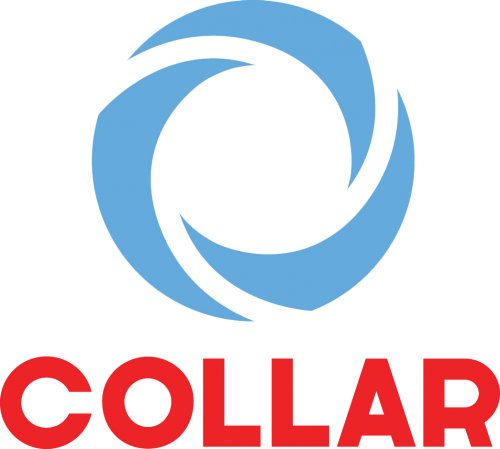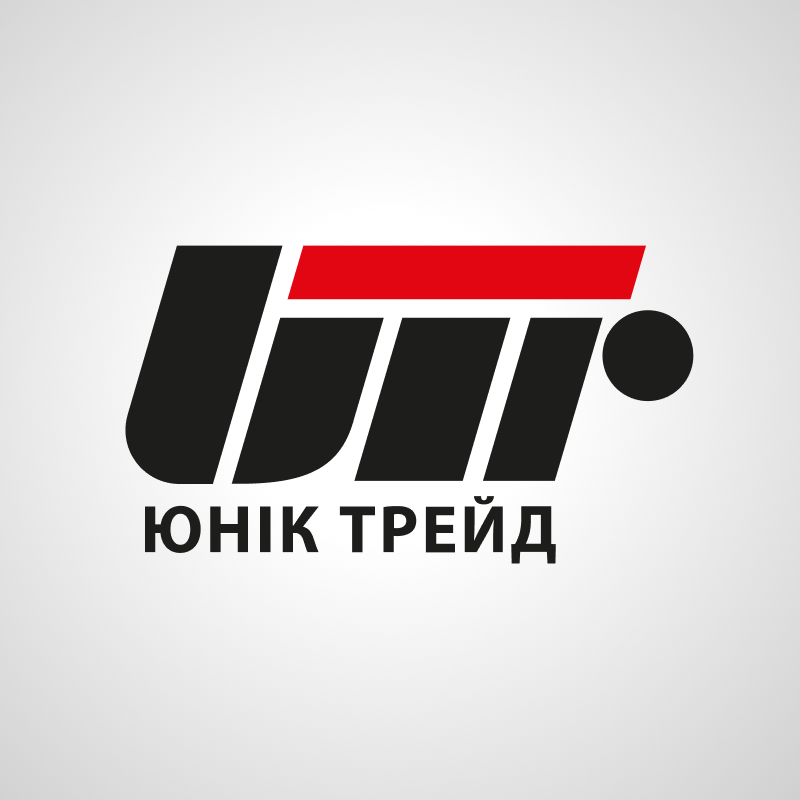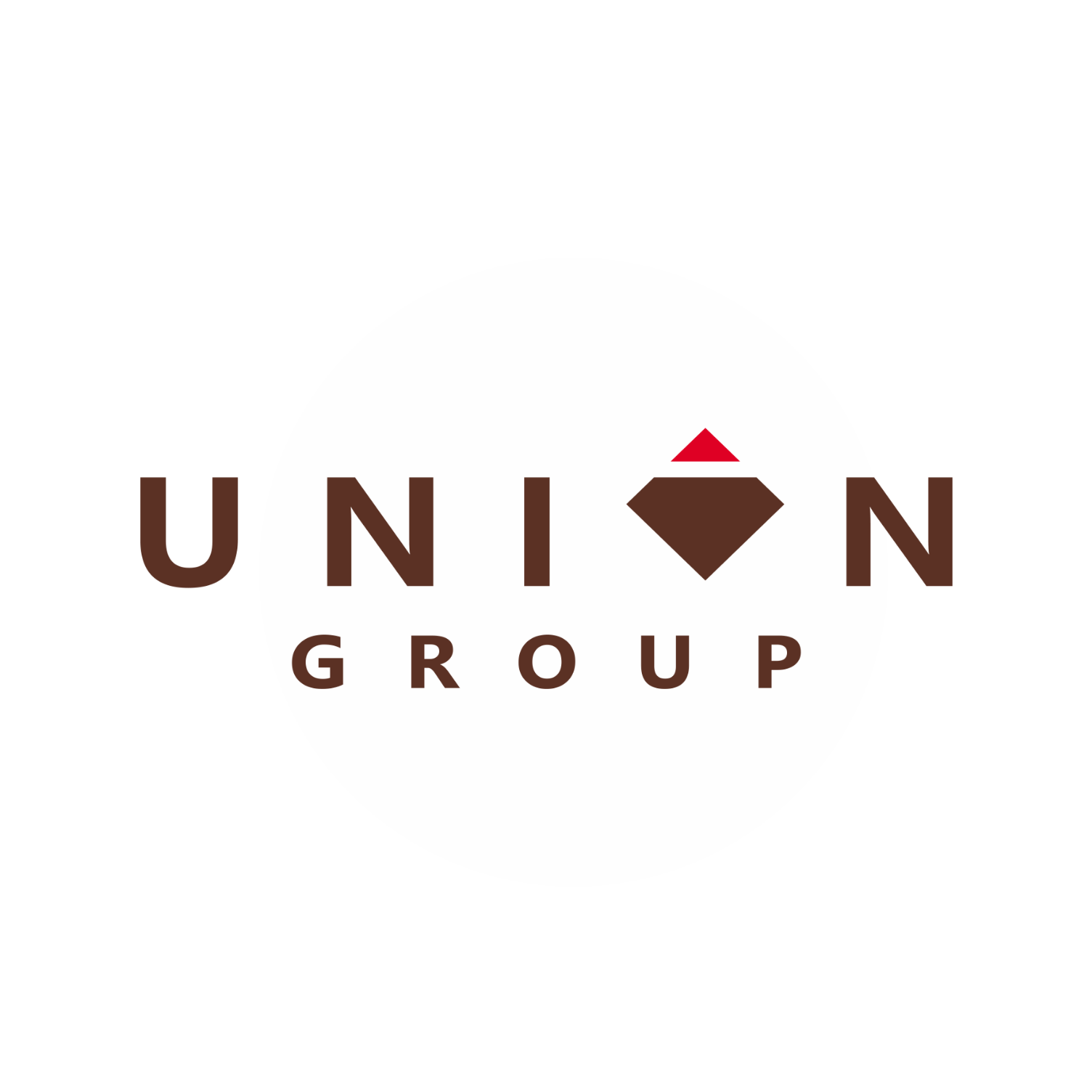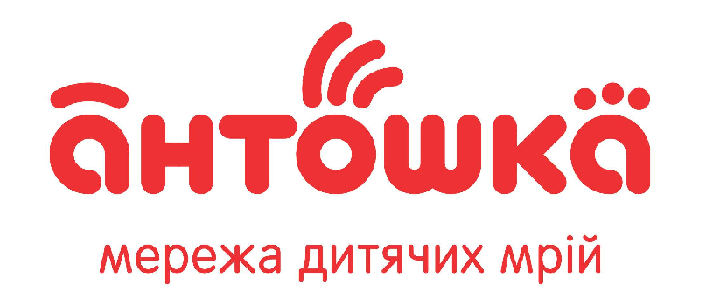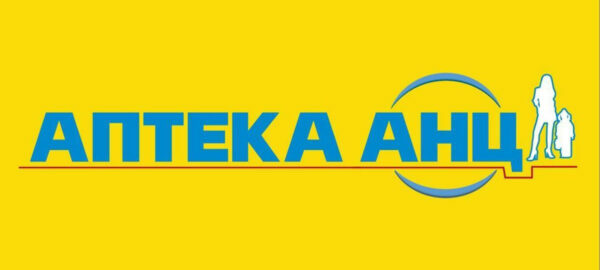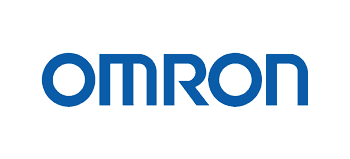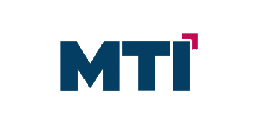
SSO, Active Directory, HRM systems: how to seamlessly integrate LMS into a company’s IT ecosystem
In large companies, everything is held together by a delicate balance of corporate systems. HRM manages people, SSO manages access, MASTER: Accounting manages payments, CRM manages sales, and corporate email manages communication. From the outside, it looks like a well-oiled machine, but inside, it is a complex structure where any new tool can trigger chaos.
Therefore, when HR and L&D plan to implement a new solution, the IT team calculates the possible risks in advance: will synchronization break down, will duplicate data appear, will security be compromised?
And at this point, the key question arises: “Will this surely work with our systems?”
And that makes sense. IT needs stability, HR needs convenience and automation, and business needs process continuity. That is why LMS should not just exist alongside corporate services, but should be organically integrated into them, enhancing them and working seamlessly.
In this article, we will discuss how LMS Collaborator fits into the IT ecosystem of large companies, which integrations are worth paying attention to, and how to prepare for implementation so that the launch is predictable and painless.
What does LMS integration into a corporate environment mean?
Integration is not just about “connecting two systems.” It is about building a continuous and reliable data exchange between them so that they work as a single entity.
For example, here’s how ordering food through the app works: you choose a dish, the system sends the order to the restaurant, shows you the cooking time, connects a courier, and tracks their movement on the map. All these systems work together. If the connection breaks down, the restaurant does not see the order, the courier does not know the address, and you do not know if your pizza is on its way at all.
The situation is similar with corporate systems. LMS must be aware of changes in HRM, HRM must receive data on training results, and the SSO system must provide secure access to all platforms simultaneously.
There are three types of data that are important to synchronize in an LMS:
 1. Users.
1. Users.
Automatic creation of accounts for new employees, updating data (change of position, department, contacts), and blocking accounts upon termination. Without this, the HR manager is forced to manually add each newcomer to the LMS and manually delete those who have left the company.
 2. Organizational structure.
2. Organizational structure.
Transfer of data about divisions, departments, and the “manager-subordinate” hierarchy.
Why is this critical? Because it is the organizational structure that determines who should undergo what training. Managers need to see the results of their subordinates. The department director needs to analyze the progress of the entire department. If this information is not synchronized, you need to build the structure manually and constantly adjust it.
 3. Learning outcomes.
3. Learning outcomes.
Data on course completion, test scores, and certificates are automatically transferred to the HRM system and analytics tools such as Power BI, Google Looker, etc. This allows HR or managers to track training effectiveness within the company’s overall analytics system.
Proper integration ensures that the LMS “lives” in a single IT ecosystem of the company, rather than existing as an isolated island. And this is precisely the approach embedded in the architecture of LMS Collaborator.
How LMS Collaborator provides integration
1. SSO (Single sign-on) – single corporate sign-in
Single Sign-On (SSO) is a convenient way to log into all corporate systems using a single account. Employees do not need to create and remember a separate password for the learning platform – just click “Sign in” and access is granted automatically.
How it works in LMS Collaborator:
LMS Collaborator supports SSO via Microsoft 365, Google Workspace, ADFS, and other services. This reduces the number of technical support requests due to forgotten passwords and makes the authorization process safer and faster for users.

Example of signing in via SSO to the internal training portal of the LMS Collaborator team
2. Active Directory – automatic users updating
Active Directory (AD) is a system in which a company stores information about all its employees: who works where, what position they hold, and what resources they have access to. It helps to automatically manage employee accounts and keep corporate data organized.
How it works in LMS Collaborator:
LMS Collaborator automatically synchronizes with Active Directory according to a specified schedule. During synchronization, the system updates data about new employees, transfers, or dismissals so that the structure in the LMS always corresponds to the current one.
Along with user data, information about the organizational structure is also transferred: who is whose manager, which department an employee belongs to, and which “folder” of the organizational structure they should be in. Thanks to this, relationships between managers and subordinates are formed automatically, which simplifies the assignment of training, coordination of development plans, and generation of reports.
3. HRM – data exchange between HR and training systems
HRM (Human Resource Management) refers to systems that store basic data about employees: their positions, departments, hire dates, vacations, grades, etc. Such systems help the HR department see the current structure of the company and manage HR processes.
How it works in LMS Collaborator:
LMS Collaborator integrates with HRM systems via API. HRM transfers a list of employees, their positions, departments, managers, and all personnel changes – new hires, transfers, dismissals, etc. – to the LMS. This ensures that the user base in the learning system is always up to date.

LMS Collaborator already has ready-made integrations with HURMA and PeopleForce, so setting up data exchange takes minimal time.
4. REST API and Webhook – custom integrations for any processes
REST API and Webhook are tools for deep custom integration when companies need to connect LMS with specific internal systems or automate unique business processes.
With the help of the API, external systems can both request data from the LMS and transfer data to it. For example, your CRM system can send a request to the LMS: “Show me whether manager Ivan has completed the sales technique course,” and it will instantly provide an answer. Or vice versa: the LMS can request the necessary data from the CRM.
Webhook is a mechanism that works in the opposite direction. It responds to events within the LMS and sends a signal to another system. For example, when an employee completes a course, Webhook automatically sends a notification about it to Microsoft Teams.
How it works in LMS Collaborator:
Webhook and REST API in LMS Collaborator allow companies to create their own integration scenarios: automate the transfer of learning results, status updates in HRM, or notifications in corporate messengers, etc.
For example, your company has an internal project management system. And you want employees to automatically gain access to new projects after completing a certain course. To do this, a Webhook is created in LMS Collaborator, which sends a request to your system with user information when the “course completed” event occurs. Next, the system’s request handler “reads” this data and performs the necessary action – for example, granting access to the project.

Implementation of Webhook on the Blyzenko educational portal
➡️We explained how this works in more detail in the following article: How LMS Collaborator integrates with all systems, or what are API and Webhook
5. Secure data transfer – encryption, access rights, action auditing
Integration always involves the exchange of confidential information, so security is a top priority.
How it works in LMS Collaborator:
LMS Collaborator provides protection at all levels:
- encryption of transmitted data;
- differentiation of access rights to modules and functions;
- monitoring of user activity on the portal;
- control over updates and compliance with GDPR requirements.
This gives HR and IT teams confidence that corporate data remains under secure control.
5 tips for smooth LMS integration into your IT ecosystem
1. Start by understanding the existing architecture.
Before implementing an LMS, it is important to understand which systems are already in place at the company, how they exchange data, and where conflicts may arise. This will help you anticipate difficulties and plan for risk-free integration.
2. Identify points of contact between LMS and other systems.
Clearly specify what data needs to be received and transmitted: users, departments, training reports, certificates, KPIs. This simplifies integration setup and reduces the chance of making mistakes.
3. Test the integration before launch.
Use a test environment to check how the LMS works with other systems. This will allow you to identify and resolve issues at an early stage.
4. Involve IT specialists.
Collaboration between HR and IT will help to take into account all technical nuances, agree on synchronization points, prepare servers and access rights so that the LMS can be seamlessly integrated into the existing IT ecosystem.
5. Plan for support and updates.
Integration is not a one-time action, but a process. It is important to designate someone responsible for monitoring synchronization, updating data, and configuring new integrations to ensure that information remains up to date and learning processes are continuous.
Common mistakes in LMS integration and how to avoid them
Volodymyr Dudnyk, QA Team Lead, LMS Collaborator
Integrating an LMS with other corporate systems is a process that requires precision and coordination. Without proper preparation, even simple steps can result in duplicate data, incorrect access, or service failures. Many problems arise precisely because of ignoring the basics, rather than because of the complexity of the technology. To avoid such difficulties, it is worth knowing the most common mistakes that teams make.
- Ignoring documentation from LMS or corporate systems. This is the number one mistake in any integration.
- Ignoring the test environment. Integration is launched immediately into production without prior testing. As a result, we get corrupted accounts, duplicates, or incorrect data in analytics.
- Lack of a single master system. When different systems (HRM, Active Directory, LMS) simultaneously store data about users, departments, or roles, but none of them is designated as the “master” system, chaos ensues. One system updates the position, another updates the department, and a third updates the access rights. This results in duplicates, errors in profiles, and incorrect access rights.
- Lack of unified identifiers. Users have different IDs in different systems, which complicates synchronization and analytics.
- Lack of a clear integration map. It is unclear which systems interact with each other and how.
- Unaccounted API load. Too frequent requests or large amounts of data can cause timeouts or exceed LMS limits.
- Lack of a support plan. After launch, integration is “forgotten,” and after a few months, something stops working after an HRM or AD update.
Integrating LMS into a corporate environment is not a source of stress or additional workload. On the contrary, it is an opportunity to build an effective digital ecosystem where all systems work in sync and reinforce each other.
Thanks to SSO, Active Directory, Webhook, REST API, and other tools, LMS Collaborator easily integrates into any IT landscape, ensuring stability, security, and scalability. But most importantly, it allows HR, IT, and business to work in sync.
LMS Collaborator easily integrates into your existing IT ecosystem and works in unison with all corporate systems.
Check out all the integration options and start using LMS today!


